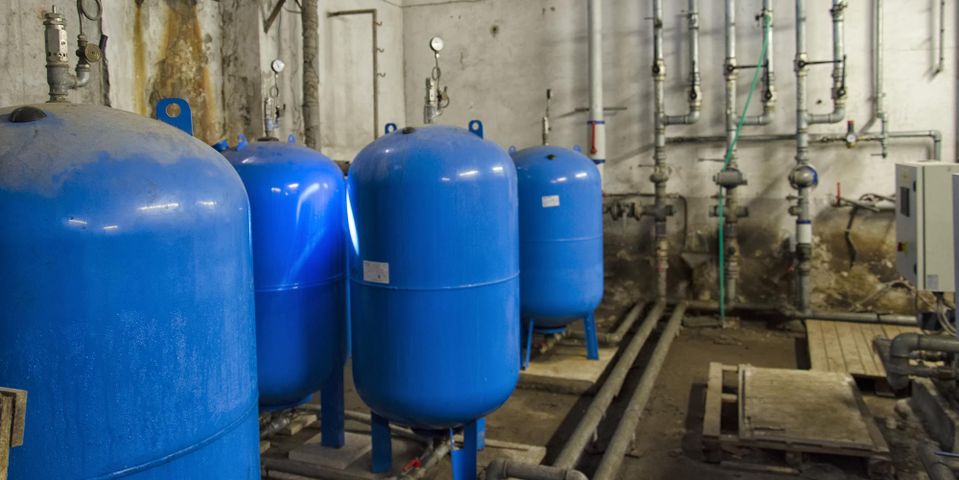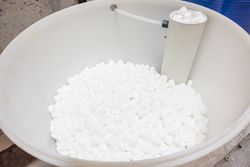3 Common Industrial Water Softener Problems

It takes nearly 40,000 gallons of water to produce a car—for everything from washing parts to cooling hot metal. Should the equipment in charge of these processes become clogged by mineral buildup, it would affect water flow, thus slowing down productivity. The buildup might also cause more friction between parts, leading to overheating that could result in system failure. Industrial water softeners are filtration devices meant to remove minerals from the water supply to ensure more efficient operations. However, they, too, can be subject to malfunctions. The guide below explores some problems to look out for.
What Issues Face Industrial Water Softeners?
1. Overused Resin
Water softeners require incoming water to be run over a bed of specially charged resin beads that attract minerals. However, their ability to trap these particles lessens with use.
With most industrial systems, the bed is switched out for another to give the original resin beads time to recharge—a process that might take several days. However, with time, each set of beads will become less effective and need to be recharged more often. When this happens, call in a water treatment professional to replace them. This will usually need to occur every 18 months to two years.
2. Motor Failure
If your resin beads are not regenerating at all, the problem may stem from a failed motor. Make sure all the control settings are correct—for example, verify that the timer is set to the right day and hour. While doing so, also check the machine for obvious signs of damage, such as loose connections or worn cables. If you cannot fix the problem, schedule your unit for repairs.
3. Salt Bridges
 While water softeners filter out most minerals, such as magnesium and calcium, they’re vulnerable to salt buildup. That’s because the system features a brine tank, which stores salty water that removes the hard minerals by replacing them with sodium ions.
While water softeners filter out most minerals, such as magnesium and calcium, they’re vulnerable to salt buildup. That’s because the system features a brine tank, which stores salty water that removes the hard minerals by replacing them with sodium ions.
Occasionally, the salt may form a hard crust called a “salt bridge,” which can hinder water flow. It typically occurs because too much salt was added to the tank or because the surrounding humid air bonded the salt together. You will need to break this bridge apart and adjust salt or humidity levels for the future.
Keep your industrial water softener in top-notch condition with the help of Western Environmental Management. Based in Carlsbad, NM, the team inspects, repairs, and installs water softeners throughout New Mexico and El Paso, TX. With over 35 years of experience, they’ll resolve any problems with care and efficiency. Learn more about their services online. Call (575) 885-5709 to discuss your needs with a friendly team member.
About the Business
Have a question? Ask the experts!
Send your question

